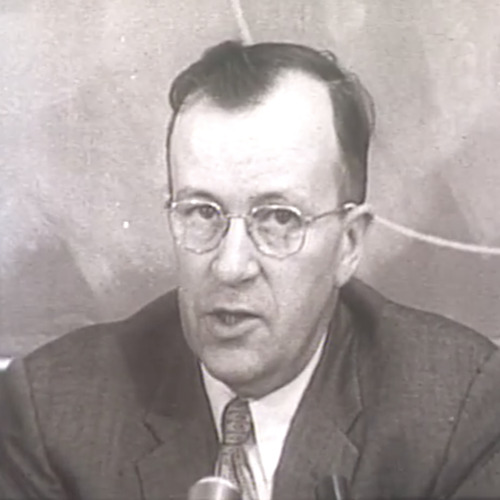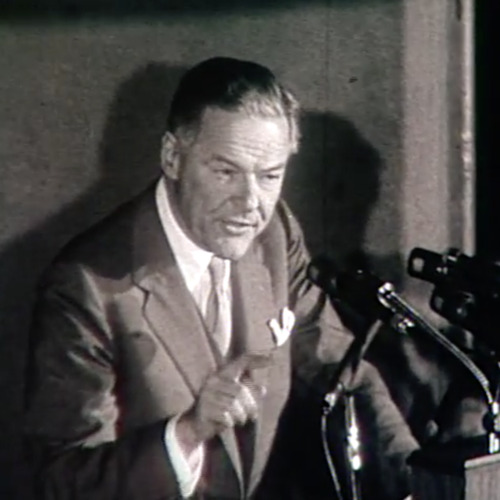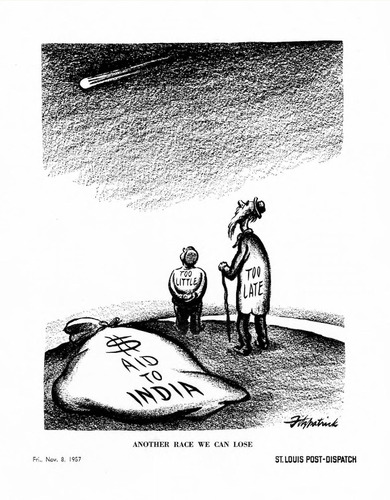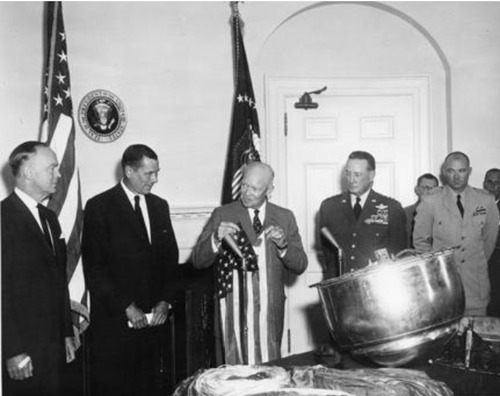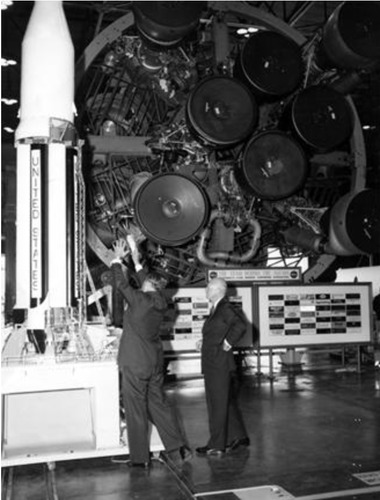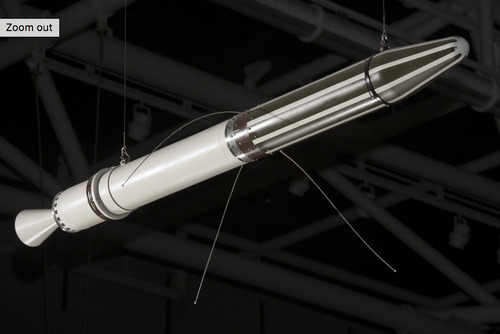Political Priorities of the USSR and US
Continued Efforts by the Soviet Union
The Soviet Union, having taken the early lead with the launch of Sputnik and subsequent space achievements, maintained a strong emphasis on space exploration and military applications. For the USSR, the space race was not only about scientific achievements but also about showcasing the superiority of the communist system. Success in space became a critical component of Soviet propaganda, portraying the Soviet Union as a technologically advanced and ideologically superior nation.
Disappointed Americans
The Open Skies proposal, initially put forth by President Dwight D. Eisenhower in 1955, aimed to foster transparency and reduce tensions between the United States and the Soviet Union by allowing aerial reconnaissance flights over each other's territories to monitor military activities.
The Soviet Union rejected the Open Skies proposal, which contributed to increased suspicions between the two superpowers and the launch of the Space Race. This rejection, coupled with the Soviet Union's advancements in missile technology, including the development of intercontinental ballistic missiles (ICBMs), intensified concerns in the United States about the Soviet military capabilities and intentions.
In addition, during the early years of space exploration, some Americans expressed disappointment when the United States prioritized providing neutral India with foreign aid rather than allocating more resources toward space exploration. The disappointment stemmed from the perception that investment in space exploration was crucial for scientific advancement, technological innovation, and global prestige.
The Eisenhower Administration
President Dwight D. Eisenhower's administration initially focused on the scientific and military exploration of space. However, the launch of Sputnik in 1957 prompted a significant shift in political priorities. While anxiety grew in the West about Soviet space superiority, the United States intensified its efforts to narrow the gap. President Eisenhower’s response included the establishment of NASA (National Aeronautics and Space Administration) in 1958, a dedicated agency aimed at space exploration and technological advancements.
This marked a pivotal moment in the United States' approach to space exploration, emphasizing civilian control over space programs instead of the military. Projects like Explorer I, the first successful American satellite launched in 1958, were pivotal in kickstarting America's endeavors in space.
Sputnik's launch prompted a reevaluation of education and science policies in the United States. Eisenhower advocated for STEM (Science, Technology, Engineering, and Mathematics) education, leading to increased funding for science and math programs in schools and universities.
The National Defense Education Act, signed into law in 1958, aimed to improve science and language education to ensure a competitive workforce. This galvanized efforts to regain technological leadership and spurred substantial investments in research and development across various sectors to ensure American competitiveness in the Cold War era.
The Kennedy Administration
Under President John F. Kennedy's leadership, the space race became a crucial element of the Cold War competition. Kennedy set an ambitious goal in 1961 to land a man on the Moon and return him safely to Earth by the end of the decade, reflecting a dramatic shift in political priorities. The Apollo program was launched as a response to Soviet successes, aiming not only for technological advancement but also for strategic and symbolic supremacy.
During his presidency, Kennedy maintained civil relations with the Soviets by engaging in diplomatic communication and negotiation. He pursued dialogue with Soviet Premier Nikita Khrushchev, initiating the Hotline Agreement, which established a direct communication link between Washington D.C. and Moscow to reduce the risk of miscommunication and any potential conflict. Kennedy also expressed interest in collaboration, such as proposing joint lunar missions, like the Apollo-Soyuz Test Project, aiming to foster cooperation in space exploration and ease Cold War tensions.
